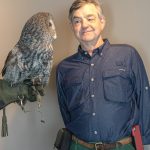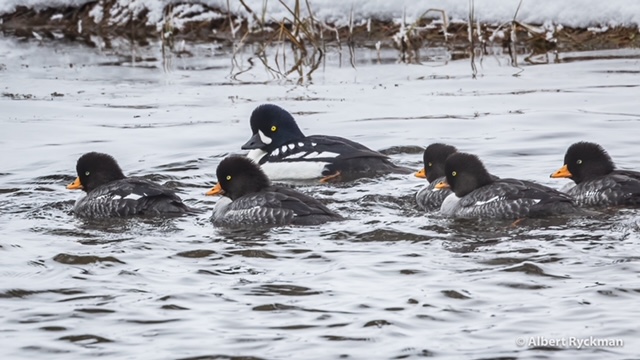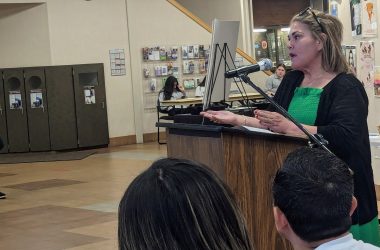Every night hundreds, maybe thousands, of migrating birds are probably passing overhead. Even if you are on a boat not too far offshore.
Most smaller birds migrate at night because it is safer, with fewer predators in the air. September is the crucial month for many North American migrants. There are experts who estimate over 4 billion American birds pass south to Mexico and beyond annually.
In addition there are many birds who don’t cross an international border. Juncos and siskins may drop from the Cascades to your backyard. Short-eared owls leave the Great Basin for less snowy places along the Pacific Coast.
Birds that are heavily dependent on insects for food are often migrants. In the U.S. and Canada this will include most swallows, swifts, flycatchers, warblers, nightjars and vireos. Birds that need unfrozen water or soil must leave Alaska and northern Canada. This means geese, loons, ducks, cranes and some shorebirds. Many of these stay in warmer parts of the U.S.
Here in the Willamette Valley we host thousands of Alaska-breeding cackling geese every winter.
Modern technology now makes it easier for our species to track and follow along with migrants, even in real time. If you are curious, here are two fascinating websites:
-A species by species summary of what we can expect every year, and when and how they move around
–Real time data on how and where migrant flocks are moving as revealed by radar
There is plenty we can do to help these long distance fliers. Wildlife refuges and other habitat protection or restoration can insure both food and a place for migrants to rest. Leaving plants unmowed, unsprayed or unburned can certainly help. Some migrants graze, others fish or eat fruit or seeds.
Night-time dangers we humans create include turning windmills, bright city lights, high-rise buildings, tall towers and bridges with lights. The National Audubon Society has begun a Lights Out program across the nation. Evidence indicates a brightly lighted high-rise can kill hundreds of migrant birds in a single night. Drawn to the light, birds smash full speed into the windows.
Nearly every part of North America attracts some migrants. There are three heavily used corridors. One is here in the west — through the lower elevation sections of Washington, Oregon and California. In the Midwest, it’s down the Mississippi Valley. Further east many birds travel down the Atlantic Coast and then even some small birds continue across the Gulf of Mexico or across the Caribbean.
Last year I wrote about how birds navigate on migration for Salem Reporter.
For information about upcoming Salem Audubon programs and activities, see www.salemaudubon.org, or Salem Audubon’s Facebook page.
JUST THE FACTS, FOR SALEM – We report on your community with care and depth, fairness and accuracy. Get local news that matters to you. Subscribe to Salem Reporter starting at $5 a month. Click I want to subscribe!

Harry Fuller is an Oregon birder and natural history author of three books: “Freeway Birding,” "Great Gray Owls of California, Oregon and Washington," and "San Francisco's Natural History--Sand Dunes to Streetcars." He leads birding trips for the Malheur Field Station. He is a member of the Salem Audubon Society, and leads bird trips locally. Harry has just published a new book, BIrding Harney County.









